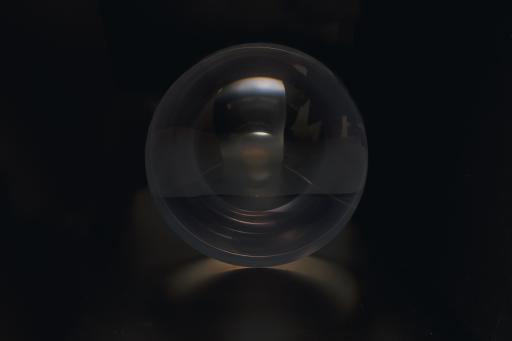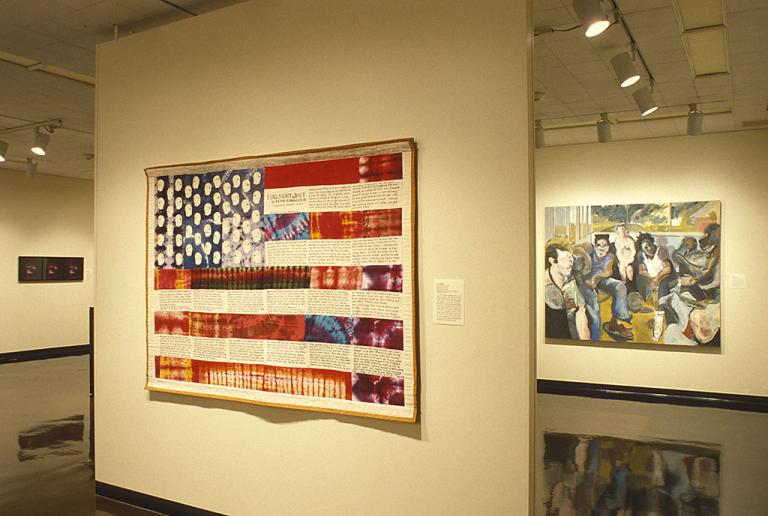Pale Lens, Frederick John Eversley
Artwork Overview
Object Height/Width/Depth (Height x Width x Depth): 50.8 x 50.8 x 17.8 cm
Object Height/Width/Depth (Height x Width x Depth): 20 x 20 x 7 in
If you wish to reproduce this image, please submit an image request
Images
Label texts
“In product after product, market after market, plastics challenged traditional materials and won, taking the place of steel in cars, paper and glass in packaging, and wood in furniture.”— Susan Freinkel, Plastics: A Toxic Love Story (2011)
Originally trained as an engineer, Frederick Eversley began to experiment with optical polyester sculptural forms in the 1970s. His works reflect an interest in the metaphysical implications of light and energy. Please gaze through the lens for a new perspective.
“In product after product, market after market, plastics challenged traditional materials and won, taking the place of steel in cars, paper and glass in packaging, and wood in furniture.”— Susan Freinkel, Plastics: A Toxic Love Story (2011)
Originally trained as an engineer, Frederick Eversley began to experiment with optical polyester sculptural forms in the 1970s. His works reflect an interest in the metaphysical implications of light and energy. Please gaze through the lens for a new perspective.
Originally trained as an engineer, Eversley began to experiment with optical polyester sculptural forms in the 1970s. His works reflect an interest in the metaphysical implications of light and energy. Please gaze through the lens to see another world.
Originally trained as an engineer, Eversley began to experiment with optical polyester sculptural forms in the 1970s. His works reflect an interest in the metaphysical implications of light and energy. Please gaze through the lens to see another world.
Originally trained as an engineer, Eversley began to experiment with optical polyester sculptural forms in the 1970s. His works reflect an interest in the metaphysical implications of light and energy. Please gaze through the lens to see another world.
Originally trained as an engineer, Eversley began to experiment with optical polyester sculptural forms in the 1970s. His works reflect an interest in the metaphysical implications of light and energy. Please gaze through the lens to see another world.
Exhibition Label:
"Forms of Thought," Mar-2014, Kris Ercums
Originally trained as an engineer, Eversley began to experiment with optical polyester sculptural forms in the 1970s. His works reflect an interest in the metaphysical implications of light and energy. Please gaze through the lens to see another world.
Exhibition Label:
"Big Stuff: Contemporary Art from the Collection," Jun-1998
Eversley, who lives and works in California, was trained as an engineer. His optical polyester sculptural forms were influenced by contemporary sculptors who work with light, such as Larry Bell and Robert Irwin. Pale Lens results from his exploration of the internal and external geometric light effects he could produce from transparent cast polyester cylinders. He found that he could make a concave cylindral paraboloidal shape by casting the liquid plastic centrifically and that that shape would result in optical effects that varied as the spectator moved. The works reflect his interest in metaphysics and in concepts of light and energy.













